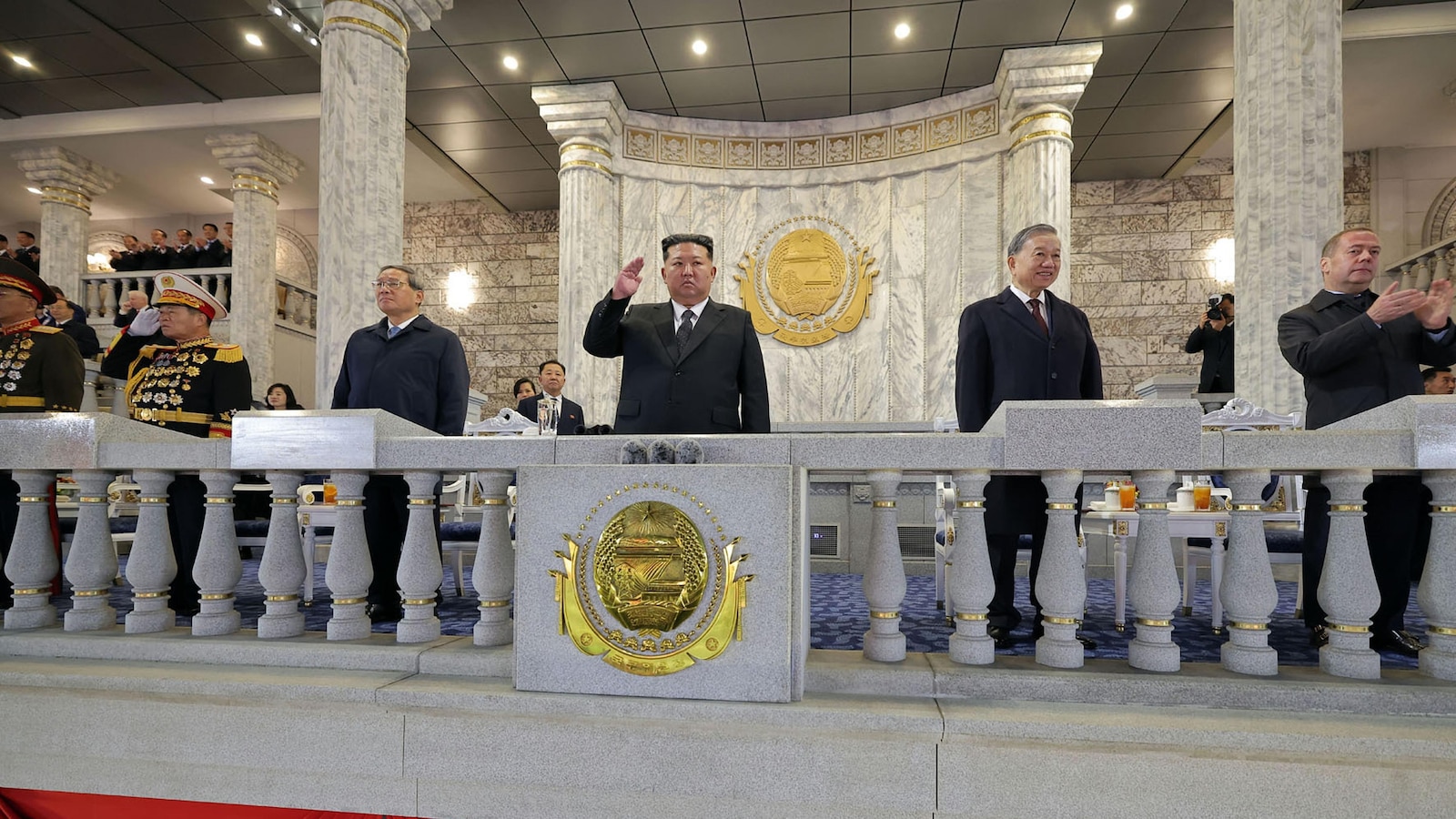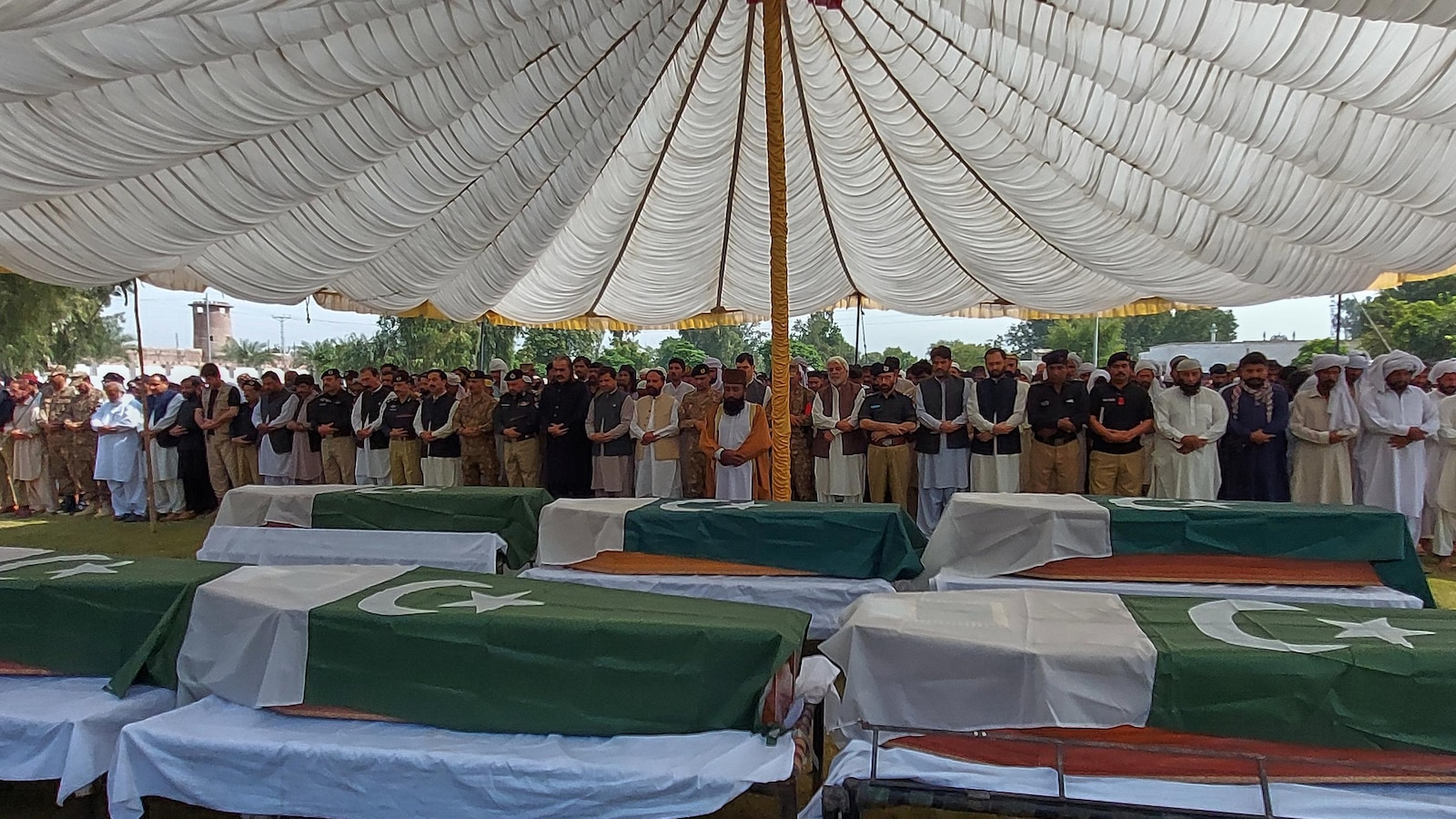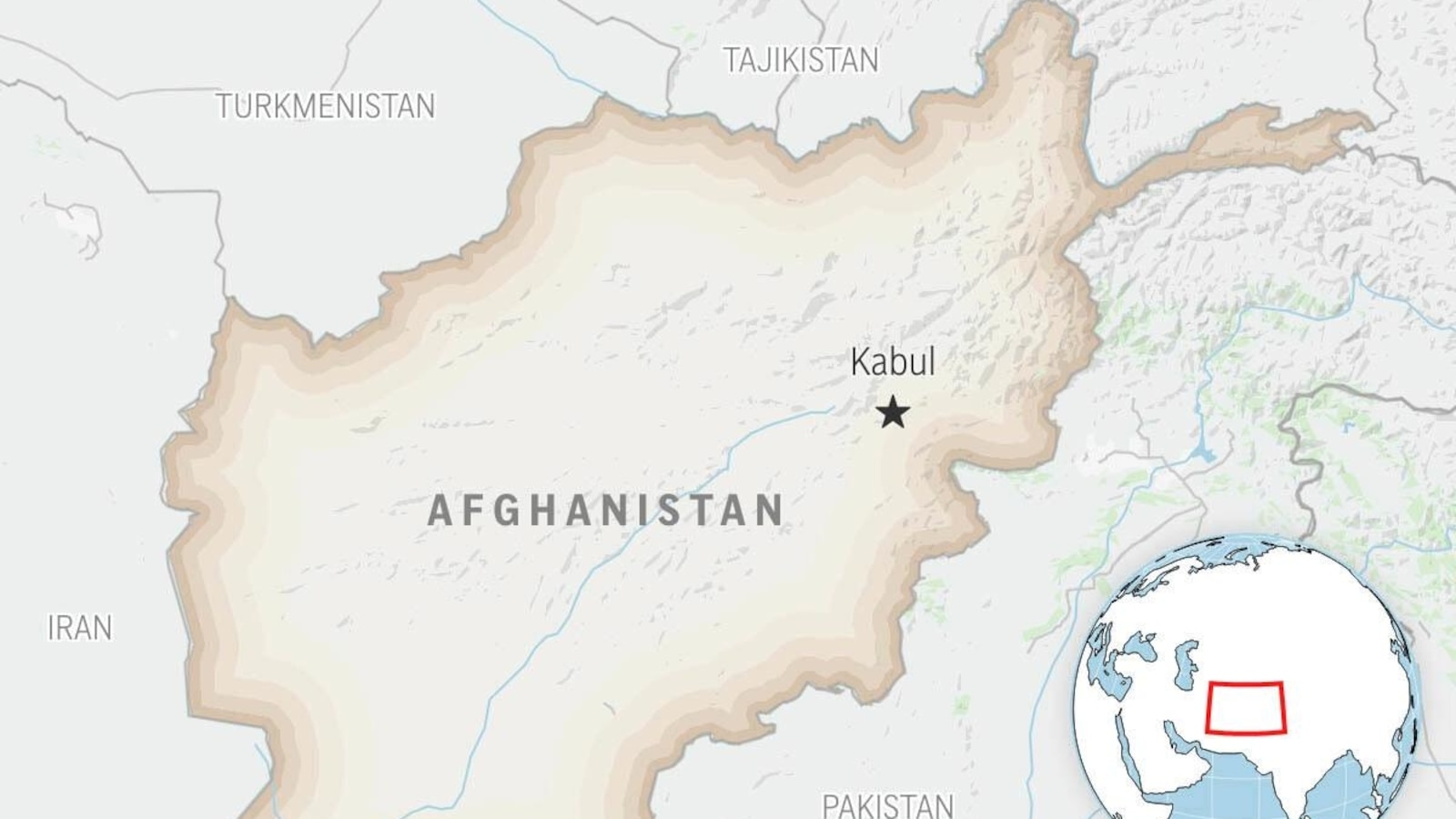North Korea displays new long-range missile at military paradenomadictrails
SEOUL, South Korea (AP) — At a massive military parade attended by foreign leaders, North Korean leader Kim Jong Un rolled out his nuclear-armed military’s most powerful weapons, including a new intercontinental ballistic missile he may be preparing to test in coming weeks.
The parade, which began Friday night in the rain and marked the 80th anniversary of the founding of the ruling Workers’ Party, highlighted Kim’s growing diplomatic footing and his relentless drive to build an arsenal that could target the continental United States and his rivals in Asia.
North Korea’s official Korean Central News Agency said Saturday that the parade featured a new, yet-to-be-tested intercontinental ballistic missile called the Hwasong-20, which it described as the country’s “most powerful nuclear strategic weapon system.”
In a speech at the parade, Kim said his military “should continue to grow into an invincible entity that destroys all threats,” but made no direct mention of Washington or Seoul, according to comments published by KCNA.
Photos and videos from North Korean and Russian state media showed thousands of spectators packing the brightly lit square.
KCNA said the columns of soldiers who marched during the parade included “the invincible overseas operations unit that fully demonstrated the spirit of the Korean people,” suggesting they were troops Kim had sent to Russia to join the war effort against Ukraine.
North Korea in recent years has flight-tested a variety of ICBMs that could potentially reach the U.S. mainland, including missiles with built-in solid propellants that are easier to move and conceal and can be prepared for launch more quickly than the North’s previous liquid-fueled missiles.
The parade saw the debut of the massive Hwasong-20 mounted on an 11-axle launcher truck. The new missile’s existence was first revealed in recent weeks as North Korea tested a new solid-fuel rocket engine that it said was intended for future ICBMs. State media said the engine, built with carbon fiber, is more powerful than past models.
Kim has called for the development of multi-warhead systems that would improve the chances of penetrating missile defenses, and some experts say the Hwasong-20 could be designed for that purpose.
Other weapons on display included shorter range ballistic, cruise and supersonic missiles, which the North previously described as capable of delivering nuclear strikes against targets in rival South Korea.
The parade took place as Kim hosted a rare group of high-level foreign officials sent to Pyongyang to attend the anniversary celebrations, including Chinese Premier Li Qiang; former Russian president Dmitry Medvedev, now deputy head of Moscow’s Security Council; and Vietnamese Communist Party General Secretary To Lam.
The high-level visits highlight Kim’s increasingly assertive foreign policy as he seeks to break out of isolation and establish a larger role for North Korea in a united front against the U.S.-led West. North Korea has shunned any form of talks with Washington and Seoul since Kim’s high-stakes nuclear diplomacy with Donald Trump fell apart in 2019 during the American president’s first term. In a recent speech, Kim urged Washington to drop its demand for the North to surrender its nukes as a precondition for resuming diplomacy.
Kim also visited China last month and shared center stage with Chinese President Xi Jinping and Russian President Vladimir Putin at a massive military parade.
Kim on Friday separately met with Medvedev to discuss developing the “comprehensive strategic partnership and alliance” with Russia, KCNA said. Medvedev praised the “bravery and self-sacrificing spirit” of North Korean soldiers who fought alongside Russian forces to repel a Ukrainian incursion into Russia’s Kursk border region, and called for expanded exchanges and cooperation between the two governments, the report said. Kim had also met Li and To Lam on Thursday for talks on strengthening ties.
Since Russia’s invasion of Ukraine, Kim has made Russia the priority of his foreign policy, sending thousands of troops and large shipments of weapons, including artillery and ballistic missiles, to help fuel Putin’s war.




Post Comment